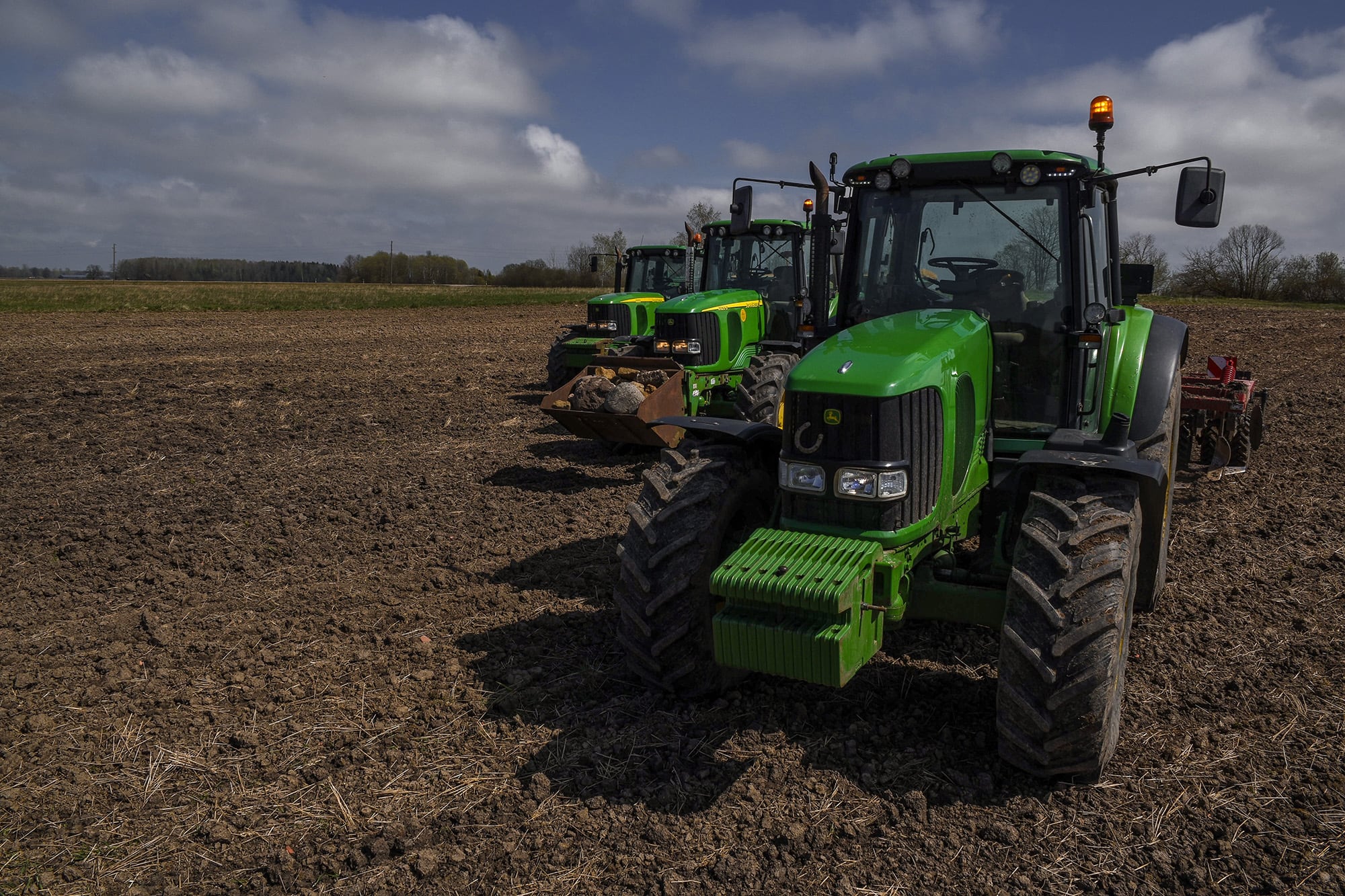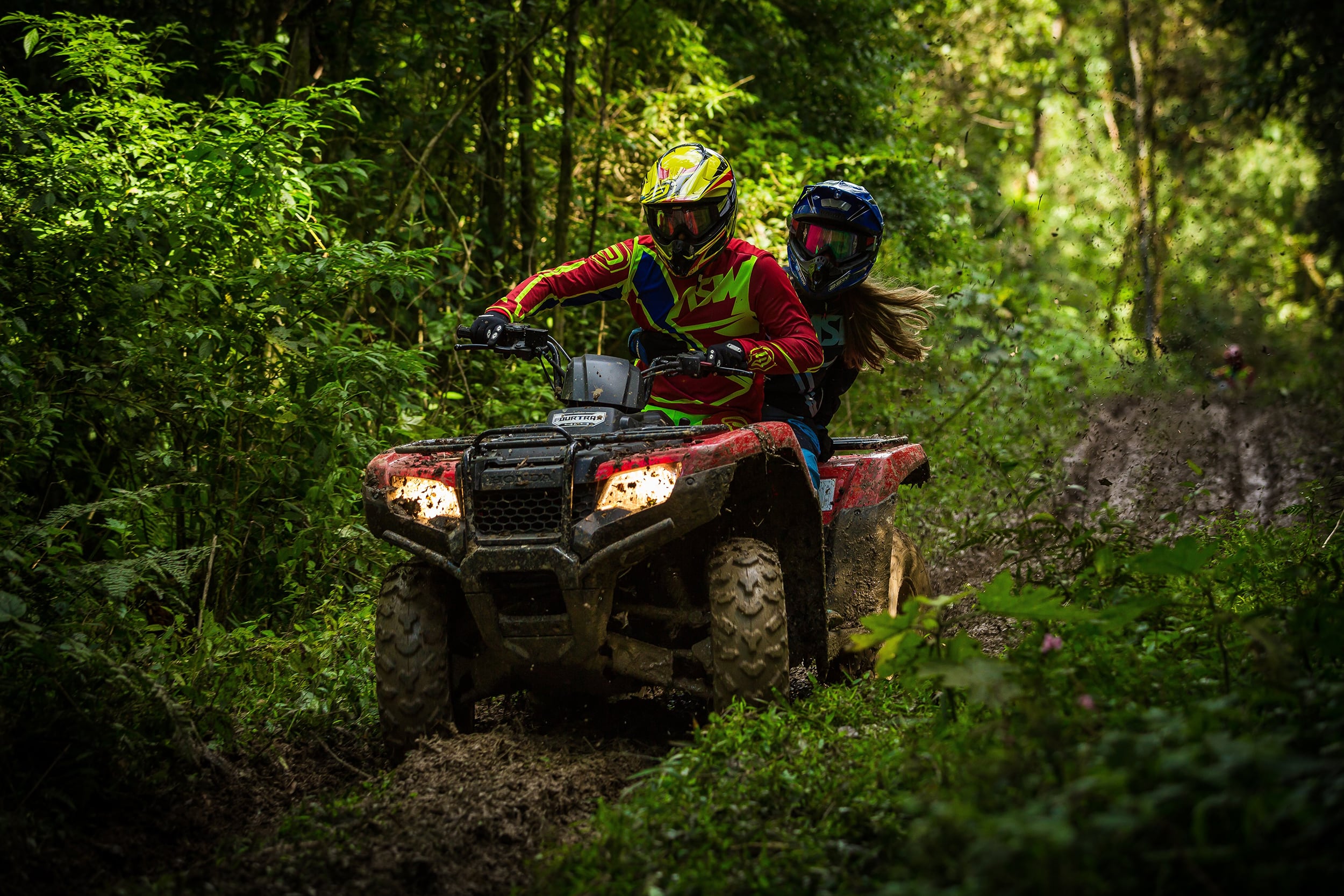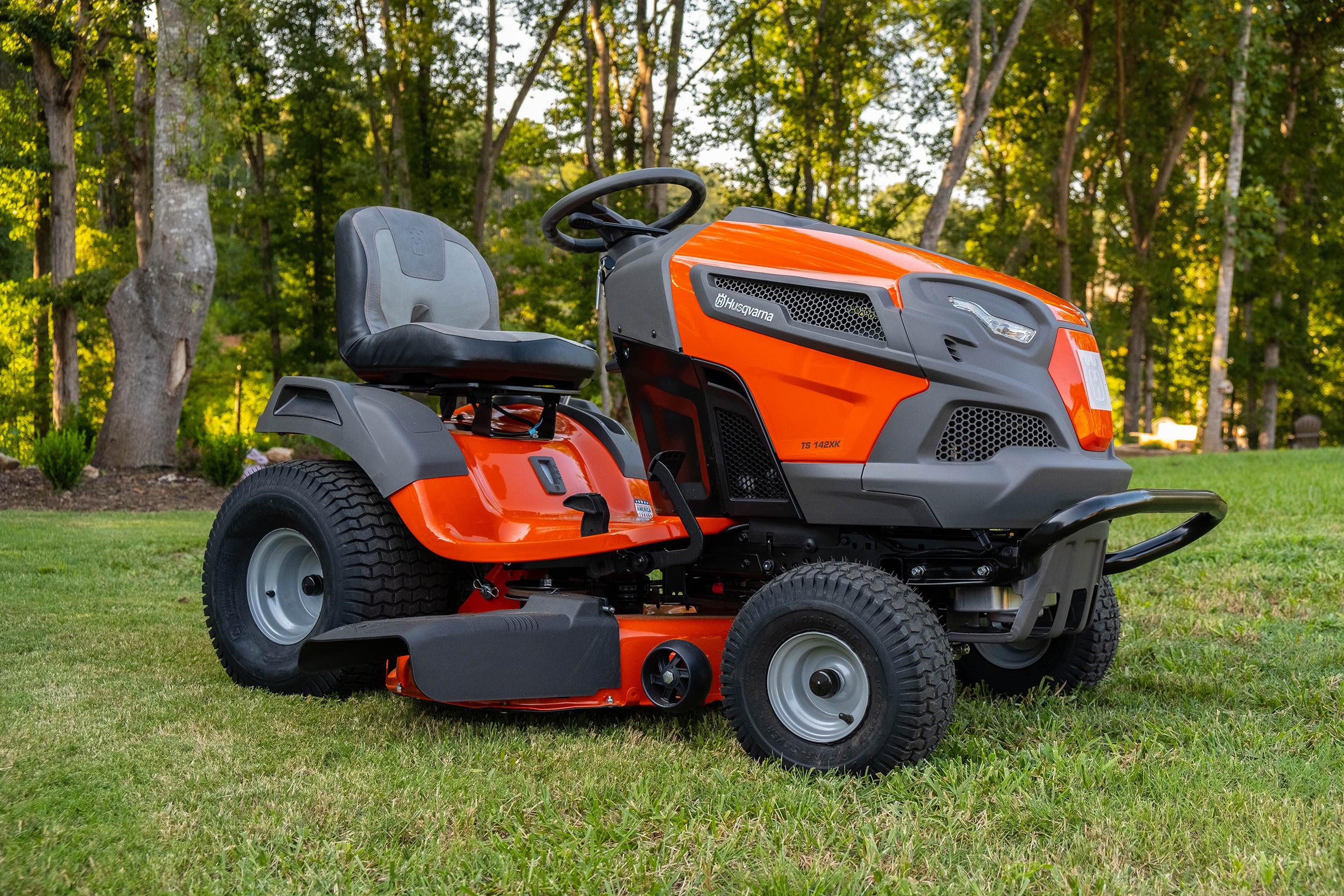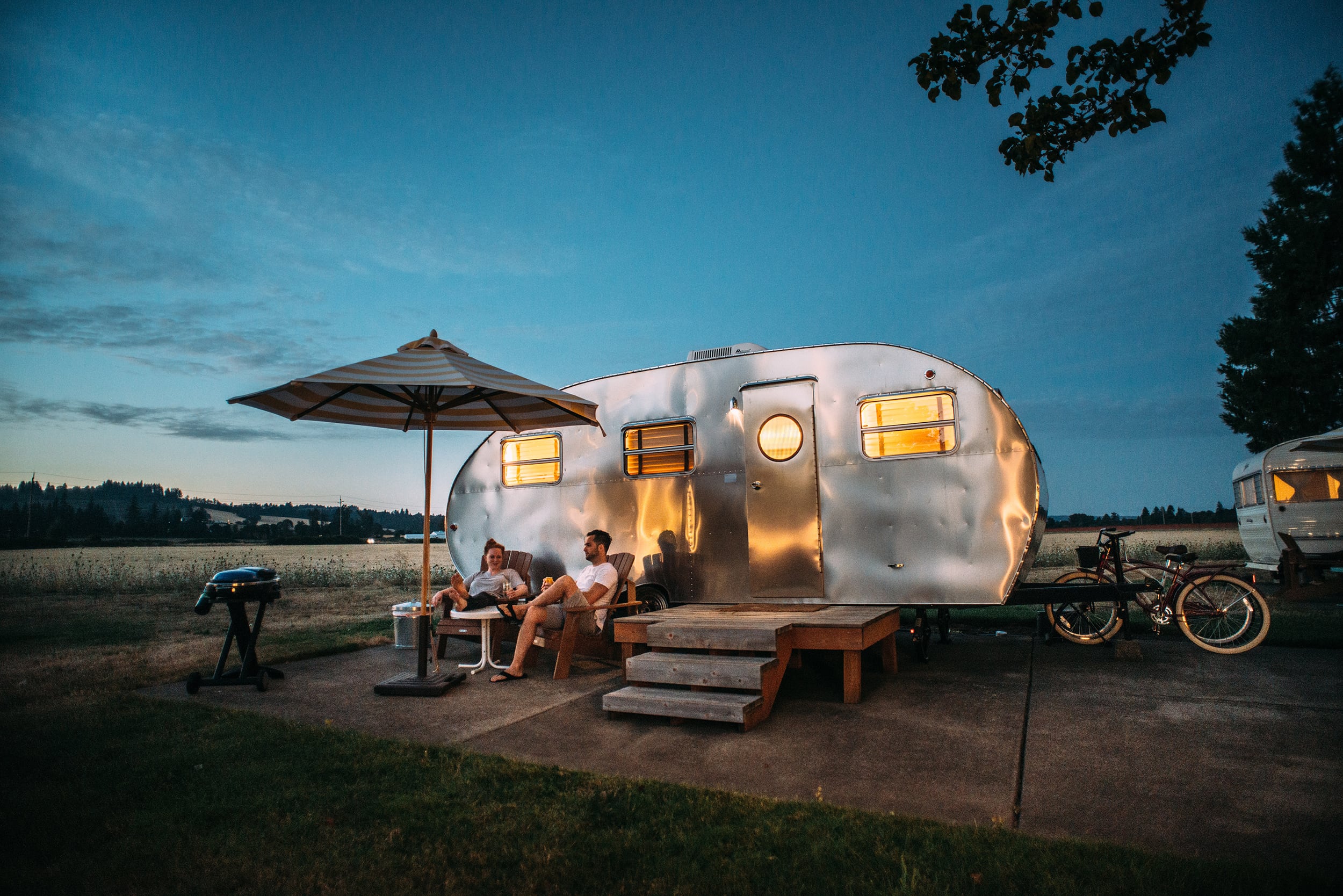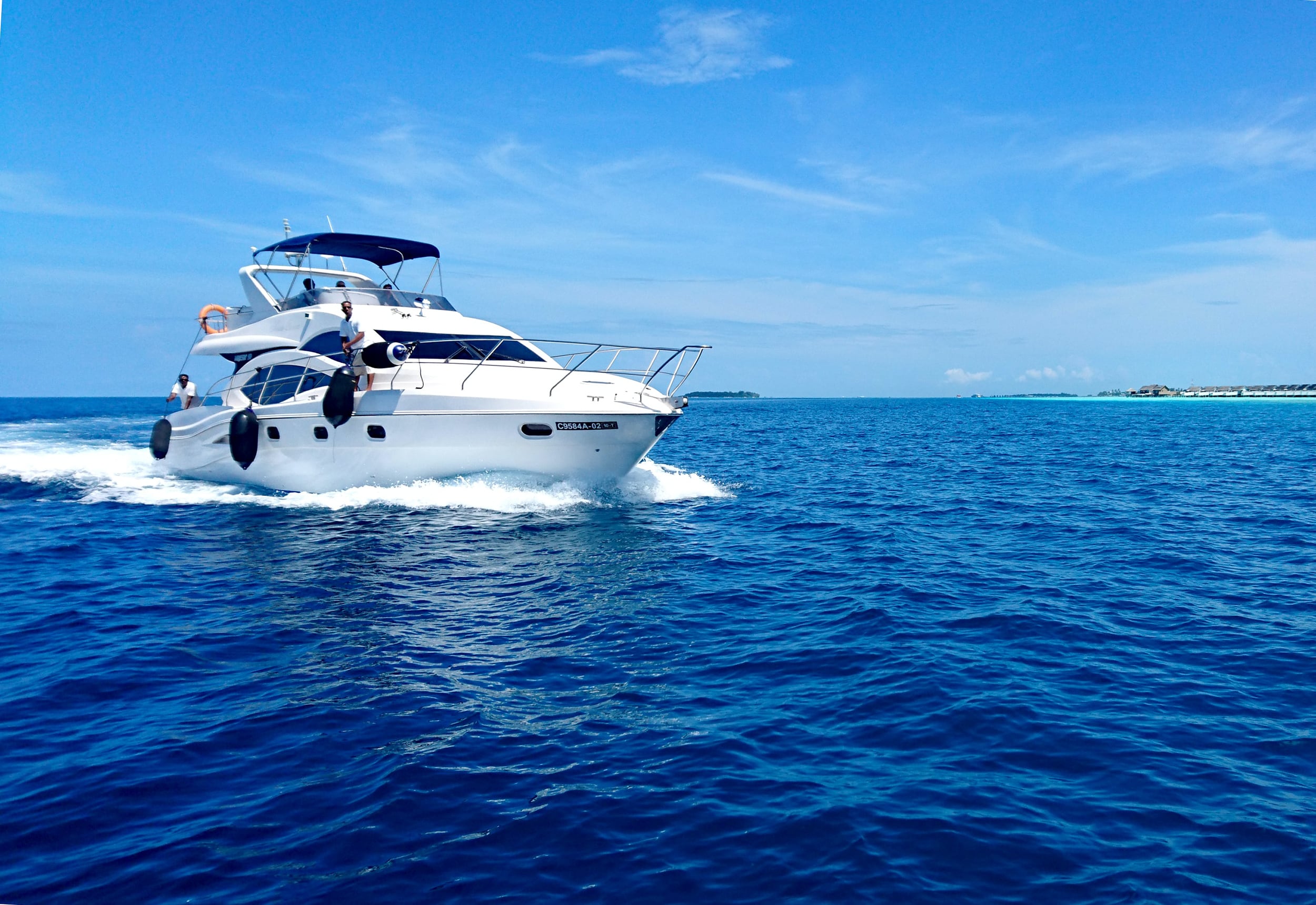Take a Break, It’s Time to Hit the Fishing Hole

Every week we blog to help inform you about maintenance tips for your home, car, and equipment because we want everything in your life to be running smoothly.
But when is enough maintenance enough? Do you ever get a break or is life just work and maintenance? Well, everyone needs a break, so today we are tackling some fishing tips AKA a little self-maintenance away from the hustle and bustle of daily life.
Here is how to make the most of a day fishing to help fill that frying pan with these fishing tips.
Bring a targeted but diverse tackle box
One of the biggest mistakes that people make is not taking a variety of bait and not being willing to try different bait. Fish are picky eaters and may not always want the same exact thing to eat so it is very important that you have several baits along so you can find out what the fish are craving.

Also make sure you pack a wide range of colors because depending on the day a blue bait may work better and, on another day, a red bait may be more productive. Color is very important and most professional fishermen agree that bait color depends on the weather conditions.
Cloudy or overcast conditions can make it harder for fish to see the bait so slightly brighter or flashier baits can be more productive.
Whereas bright sunny days may require a more natural-looking bait as improved clarity will allow the fish to better assess the bait you are using. But these are just guidelines, if you bring a lot of baits, don’t be afraid to try different ones until you find one that is working.
Watch the weather
Weather plays a huge role in a fish’s life and feeding patterns. When storms roll in the air pressure changes and this can have an impact on whether the fish are biting or laying low. On average, fish are more active before or after major weather changes.

Fish are also more active after rain—wonder why? It’s because the rain washes all kinds of food (insects, grubs, worms, all the good stuff) into the water for the fish and it can create a feeding frenzy, however, these frenzies can be short-lived because after the fish are full, they are going to be less active.
So, if you can, watch the weather and plan your fishing around the weather so you have the best chance for fish.
From Dusk til dawn or just dawn and dusk
Just like the weather the time of day is going to dictate if the fish are feeding, hiding, or sleeping (they rest but don’t sleep, I know you were wondering). Fish are most actively feeding during the morning hours and evening hours; however, it does depend on what fish you trying to catch.

If you are fishing for fish that are typically the prey of larger fish, you can expect to catch them in the morning and evening because they spend the daylight hours hiding from the big predators.
If you are fishing for predatory fish who prey on smaller fish, you can expect to better during daylight hours. Why? Most predatory fish rely on eyesight to catch their prey so they like to feed in the bright daylight.
Fish around structure and “cover”
Finally, you made it to the lake or river, but where to wet your line? Look for trees, rocks, weeds, or other “structures” in the water that fish will use as cover and hiding places. Remember being a fish is pretty simple—the goal is to eat without being eaten. That means fish like to congregate near things where they can hide but might also find food.

If you cast as well as I, you are going to lose a bait or two but your odds of catching a fish are much higher fishing around structures than fishing in the open water (there are some exceptions, I know).
If you are fishing in a river or stream look for places where fish can rest. Look for eddies (slower pools of churning water before or after rapids) where fish can rest after going through fast water or before heading into fast water.
These places are great because fish can sit in the slower water and wait for potential food to drift past them and then strike when they see something tasty.
Pro tip: When fishing in a stream or river cast upstream and reel in the bait downstream. This mimics the natural way for food to go past a fish sitting in slower water and that greatly increases your chances of getting a bite.
Check your gear before hitting the road
I tried hard not to give any maintenance tips, but this is literally going to be the difference between a fun relaxing trip or a frustrating trip full of knots and I want you to have a good trip.
So, before you hit the road, check your fishing line. Is it brittle? Does it make a bunch of curly “Q’s” when not on your reel? Is it hard and not very flexible? If you answered “yes” to any of these questions you need to replace the fishing line. It doesn’t take long to check and replace the fishing line, but it can determine whether you show off a huge fish or talk about the giant (come on, it was tiny don’t lie) that got away.
Every time you replace the fishing line make sure to oil your fishing reel as well. Apply a small amount of waterproof oil to the gears, drag, and pivot points to ensure your fishing reel doesn’t let you down. Not only will a small amount of oil keep it running smoothly it will also help prevent rust from forming!
A great choice is Wagner Universal Ceramic Spray. It is waterproof, extremely tacky, and formulated to provide long-term lubrication and corrosion protection. It is also rated O-ring neutral and will not degree the plastic parts in your reel or your fishing line!
Sorry, I couldn’t get through a blog without adding in some maintenance tips, but it really does help keep a fishing trip relaxing. Be safe and good luck on the lake!
